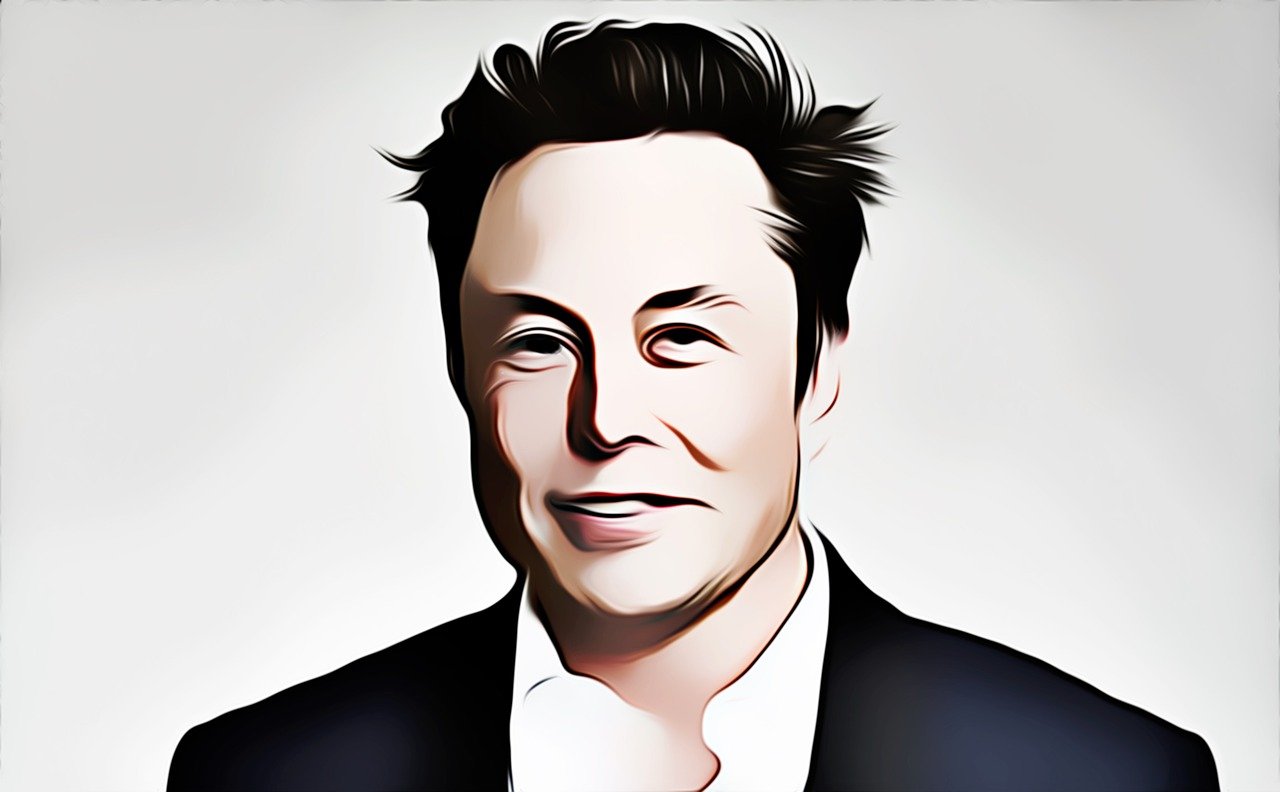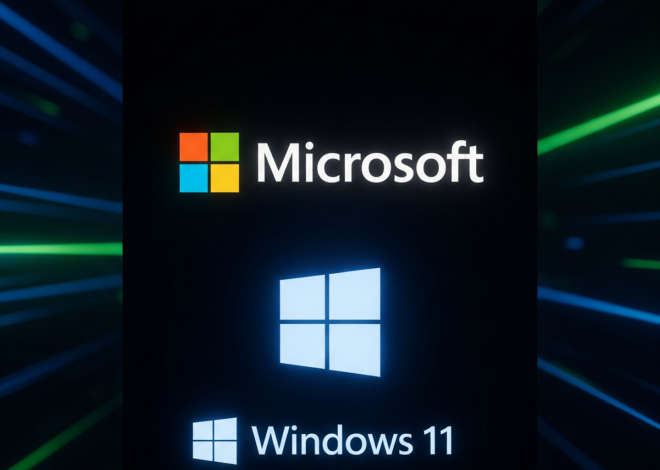
Breaking:Elon Musk’s Neuralink Implants First Brain-Computer Interface in Human
- Elon Musk’s Neuralink makes history with the first human brain implant, hinting at a game-changing device allowing control of external devices through thought.
- Following FDA approval, Neuralink unveils “Telepathy,” its pioneering brain-computer interface product, poised to empower users, especially those with limb disabilities, by enabling device control through the mind.
In a groundbreaking revelation, tech billionaire Elon Musk announced on X that his brain-science startup, Neuralink, successfully implanted a device in a human for the first time. Musk hinted at a future product that could revolutionize how people interact with external devices, enabling control through mere thoughts.
Implantation Success and Promising Results
The undisclosed patient underwent the implantation procedure on Sunday and, according to Musk, is currently recovering well. Musk shared that the initial results demonstrated “promising neuron spike detection,” although specific details about the procedure, the patient, or the implanted device remain undisclosed.
Decades of Brain-Computer Interface Research
The concept of brain-computer interfaces has intrigued scientists for decades, offering potential assistance to physically disabled individuals and transforming communication methods. Musk’s Neuralink joins the race, with competitors like Precision Neuroscience having implanted their device in a human last year.
FDA Approval and Clinical Study
Elon Musk’s announcement follows Neuralink’s declaration eight months ago that it had secured FDA approval for its first in-human clinical study. Despite initial recruitment plans in September, Neuralink has yet to provide additional information about the groundbreaking implantation.
Regulatory Inquiries and Competitor Progress
While Musk’s announcement has stirred excitement, there is no independent confirmation of Neuralink’s progress. Competitor Precision Neuroscience had previously made strides by successfully implanting its device in a human last year. The FDA, responsible for regulating medical devices, has not yet commented on Musk’s recent revelation.
Telepathy: Neuralink’s Visionary Product
Musk shared that Neuralink’s first product would be named “Telepathy,” designed to aid patients with severe paralysis in using external technologies. Whether Telepathy is a new device or a rebranded version of the previously mentioned Link remains unclear.
Facing Controversy: Allegations of Mistreatment
In recent years, Neuralink faced allegations of mistreatment regarding experiments conducted on monkeys. An Agriculture Department investigation last year found no major violations of animal research rules, except for a self-reported 2019 incident involving the use of an unapproved sealant in a monkey’s skull.
Telepathy’s Potential: Controlling Devices with Thought
Musk envisions a future where Telepathy enables users to control phones, computers, and almost any device solely through their thoughts. The initial focus is on aiding individuals who have lost limb functionality, envisioning a scenario where renowned physicist Stephen Hawking could communicate at an unprecedented speed.
Neuralink’s Journey and Musk’s Personal Commitment
Founded in 2016 by Elon Musk, Neuralink joins Musk’s impressive portfolio alongside companies like Tesla and SpaceX. Musk’s ambitious plan includes getting a Neuralink implant himself, highlighting his personal commitment to the groundbreaking technology.
Industry Backing and Future Prospects
Neuralink boasts support from over 30 investors, including PayPal co-founder Peter Thiel’s Founders Fund. As Neuralink continues to push the boundaries of brain-computer interfaces, the world eagerly awaits further details on Telepathy’s development and its potential impact on reshaping the future of human-machine interactions.


